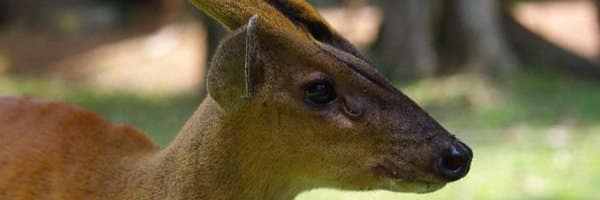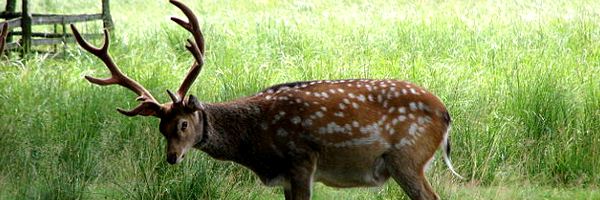Mule Deer – Odocoileus hemionus
The Mule Deer is considered to be a larger species of deer. They also have ears that are larger than most compared to their body size. The coloring for this species of deer will change as the year progresses. In the summer months they are brown with hints of red. Cinnamon is a very common color for them.
In the winter months though, Mule Deer can be a gray or even a light shade of black. Due to the color differences they are mistaken for other species of deer. An adult Mule Deer can weigh 330-460 pounds. Females can weigh from 95 to 200 pounds.
Mule Deer Distribution
Mule Deer have a very wide distribution out there. In fact, they seem to be able to live just about anywhere as long as they have food, shelter, and access to water. They seem to like the arid climate and to live where a variety of different plants are offered as a source of food. The rocky hillside areas of Texas are where a large number of them are often spotted.
Mule Deer Behavior
Mule Deer live in small herds with the females getting along very well with each other. However, the males keep their distance from the rest of them. They really only interact with the females when they are ready to mate.
Mule Deer Feeding
There are quite a few different types of plants that the Mule Deer enjoys feeding on. What they have access to can depend in their location as well as the time of the year. Some of their well known favorites include leaves, juniper, twigs of trees and shrubs.
Their feeding habits change quite a bit from summer to winter. In the summer they will feed during the night time and rest during the day. However, in the winter they will feed during the daylight hours and at night. This is because it is so hard to find enough food for them to survive on.
Mule Deer Reproduction
For the Mule Deer the females are ready to mate when they are 1 ½ years of age. For the males they may be mature enough for it, but they have to win their opportunity and that often takes many years before they are successful.
Mating for the Mule Deer takes place in November and December. However, experts have identified it taking place in January and February as well in some locations. This is due to the late winter and the fact that they won’t start to mate until food supplies become more readily available.
It is a battle of the strongest for the bucks when it comes to the right to mate. They use their antlers to engage in battles that continue until one of them gives up in defeat and walks away. The necks of the bucks are quite swollen during this period of time which shows that their bodies are ready for mating.
It takes just over 200 days for the young fawn to arrive after mating has been successful. They are born in the summer months of June, July, or early August. The females take very good care of the young, and leave them well hidden for the first couple of weeks of life. That way she can go feed and return with the ability to produce milk for her young. The young will be given milk for two or three months.
Mule Deer and Human Interaction
Due to the population of Mule Deer they are one species that often comes into contact with humans. In many locations it is legal to hunt these animals during specific periods of the year. That way the population can be controlled and they won’t starve to death due to not even food to go around.







